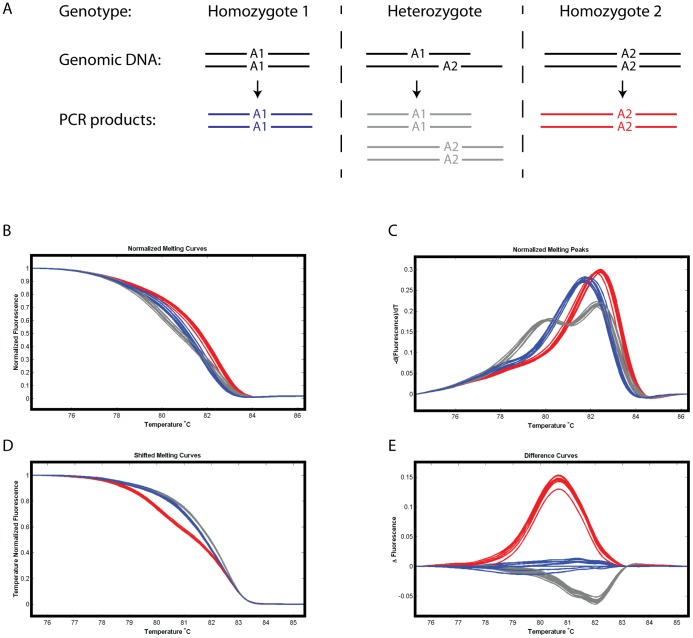Figure 2. Heterozygous animals have a melt profile distinct from that of either homozygote.
(A) Diagram representing the amplicons derived from genomic DNA that is homozygous for one of two differently sized alleles (Allele 1 or Allele 2) or heterozygous for the two alleles. The heterozygote PCR product will predominantly contain homoduplexes of either Allele 1 or Allele 2 because heteroduplex formation is less favourable due to length and/or sequence differences between the allele amplicons. (B–E) HRM data following a two primer PCR to amplify the SSLP marker microsatellite D8Mit155 from mice derived from crosses between the BALB/c and FVB inbred strains such that progeny may be homozygous for one of the parental alleles or heterozygous for the two alleles. D8Mit155 spans a TG dinucleotide repeat and produces an amplicon of 139 bp from the BALB/c genome and 151 bp from the FVB genome. The melting peak analysis readily distinguishes the heterozygote animals which exhibit two melting point peaks. Blue: PCR products derived from an animal homozygous for Allele 1, Grey: PCR products derived from an animal heterozygous for Allele 1 and 2, Red: PCR products derived from an animal homozygous for Allele 2.

